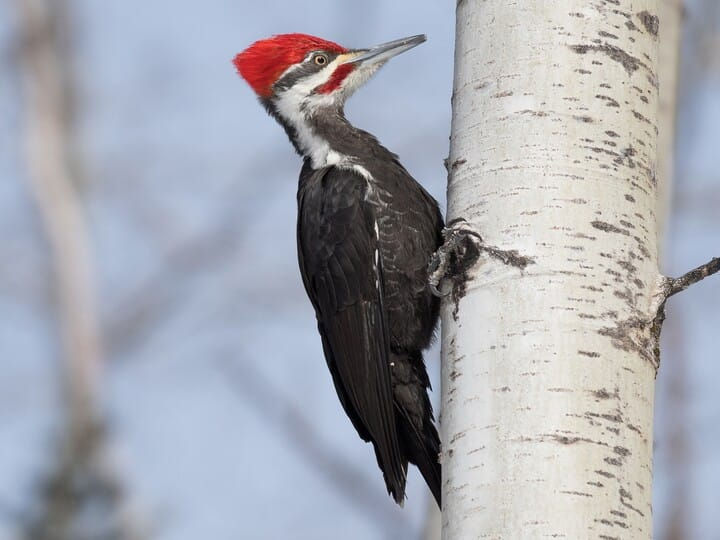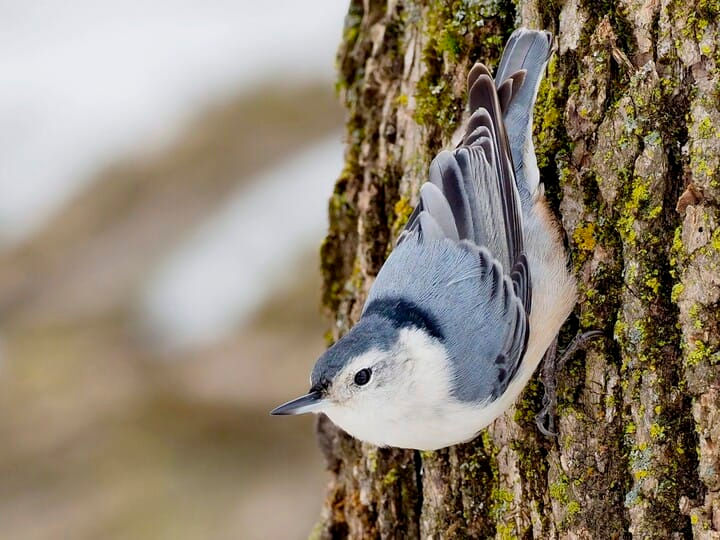Birds of Arundel, Maine
- Arundel Conservation Trust
- Mar 5, 2024
- 3 min read
By: Nikki Schlie
Connecting with nature, including observing and appreciating birds, has positive effects on mental and emotional well-being. Birdwatching encourages mindfulness, reduces stress, and fosters a sense of connection to the natural world, promoting a healthier lifestyle. Organizations like the Arundel Conservation Trust play a vital role in preserving these habitats, ensuring that future generations can continue to enjoy the beauty of our land and local bird population.
Birds play a key role in maintaining ecological balance by controlling insect populations, pollinating plants, and dispersing seeds. Protecting land ensures that these ecological interactions remain intact, contributing to the overall health of ecosystems. The variety of bird species reflects the health of the environment they inhabit. Whether it's insects, seeds, or other prey, protected habitats provide the necessary resources for birds to forage and thrive. Over 50 bird species have been observed on or within a short distance of the Arundel Community Trails, and 14 different tree species have been identified on the property as well.
This long list of birds includes the magnificent pileated woodpecker. These woodpeckers thrive in habitats with undisturbed forest and they feed on a range of insects found in many deciduous trees, such as beech, oak, maple and pine trees, all of which can be identified on our property. The hairy, downy, and red-bellied woodpeckers have also been spotted nearby and enjoy pecking away at the same trees for insects to eat.

Pileated Woodpecker (Photo from Cornell Macaulay Library)
Blue Jays are fond of beech nuts and acorns, which are the fruits of the beech tree and of the oak tree respectively, and are included in the list of tree species found on the ACT property. Coniferous trees, like the balsam fir and eastern hemlock, provide shelter as well as food for a number of birds.
The ruffed grouse, or partridge, consume the buds, tips and needles of the balsam fir. The unique drumming display of the male ruffed grouse can be heard most frequently just before and after sunrise or in the early evening. This deep, thumping sound starts slowly and builds to a crescendo, lasting around 10 seconds during which the wings may beat up to 50 times!

Ruffed Grouse (Photo from Cornell Macaulay Library)
As you take a walk through the trails, listen for the call of our state bird, the chickadee (dee,dee,dee), and for the beautiful high pitched song of the hermit thrush. You also have a good chance of hearing the guttural croak of the common raven flying high above the trees. The white-breasted nuthatch is a common bird of deciduous forests and is often found creeping headfirst down tree trunks searching for insects. If you’re interested in heading out to identify birds, be sure to use the Merlin Bird ID app to help - it’s basically Shazam for bird songs.

White-Breasted Nuthatch (Photo from Cornell Macaulay Library)
Many bird species are currently facing threats, including habitat loss and climate change. Caring about birds involves taking action to protect these species from extinction, preserving not only individual species but also the overall health of ecosystems. Land conservation contributes to climate resilience by preserving these diverse ecosystems, which is particularly important for birds as they may need to adapt to changing climate conditions. Protected lands offer refuges where birds can find suitable conditions and resources for nesting and feeding. If you are interested in helping us steward our land, become a volunteer today!
.jpg)
























Comments